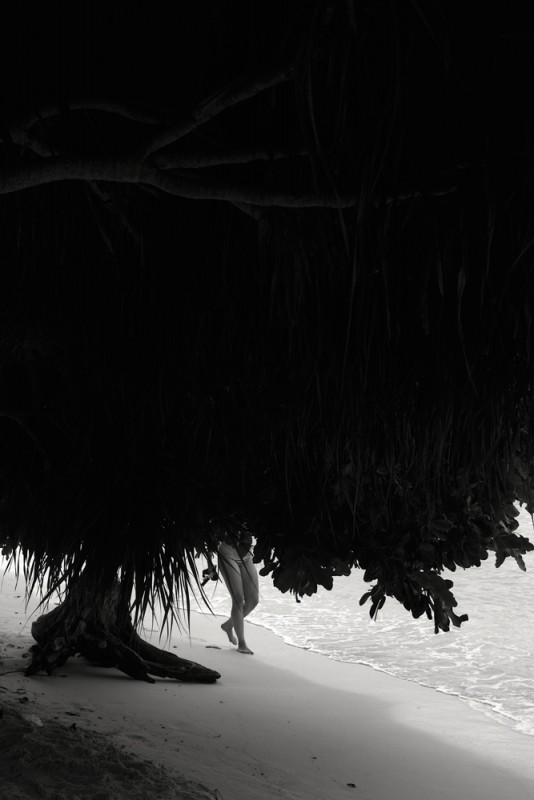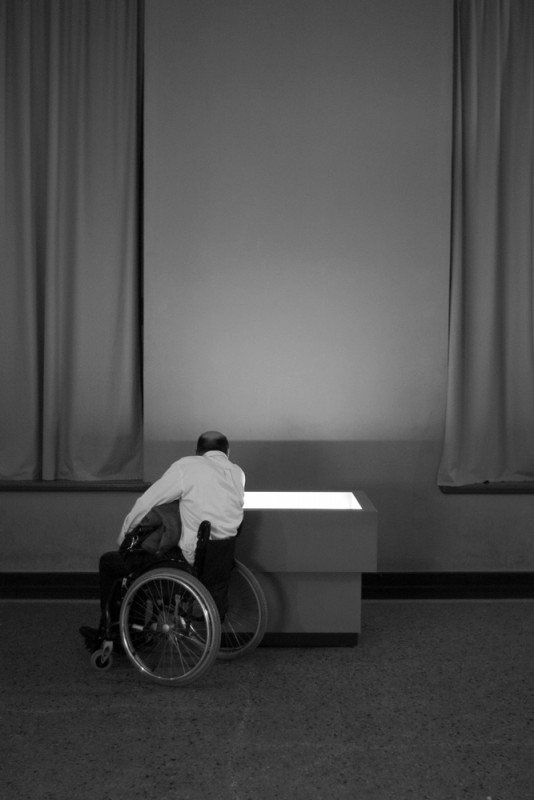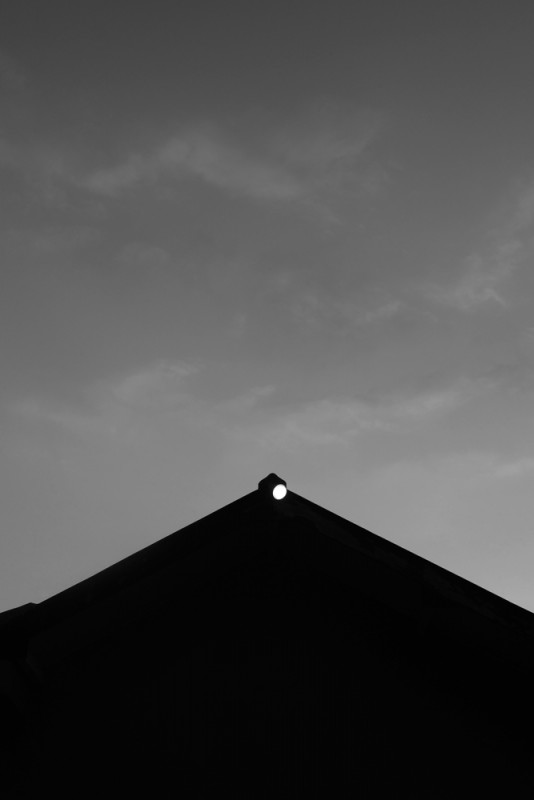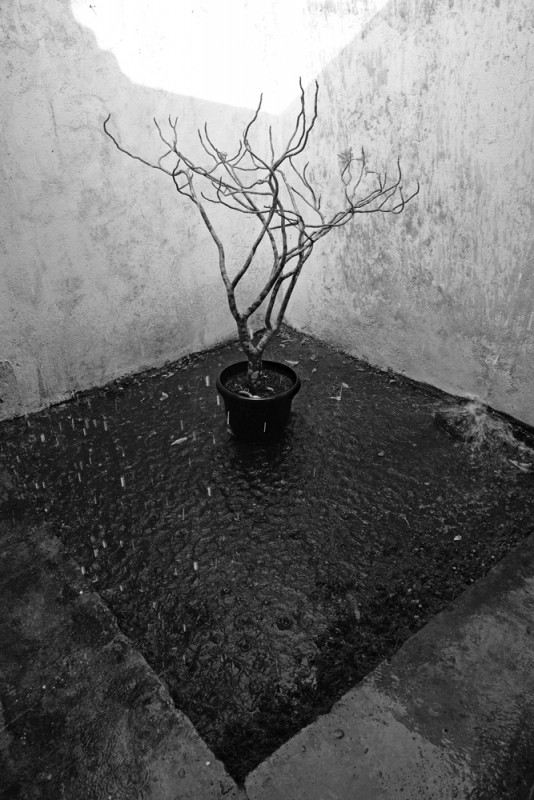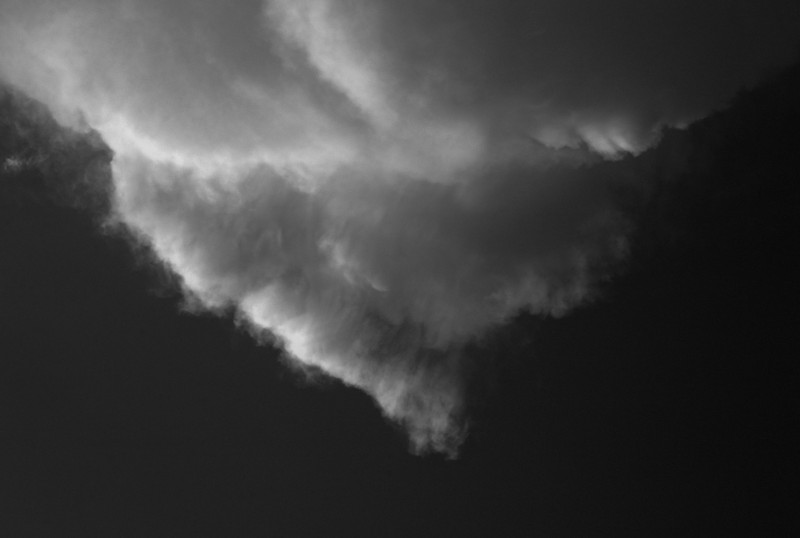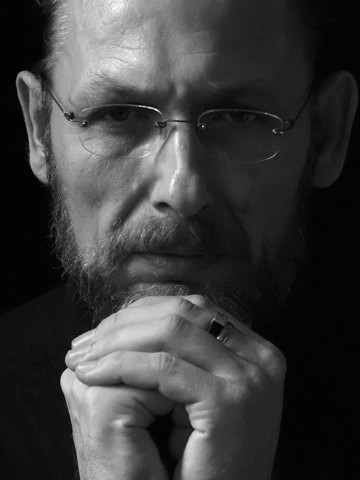Extracts of the world
Extracts of the world
Attila Bartis
July 14, 2016
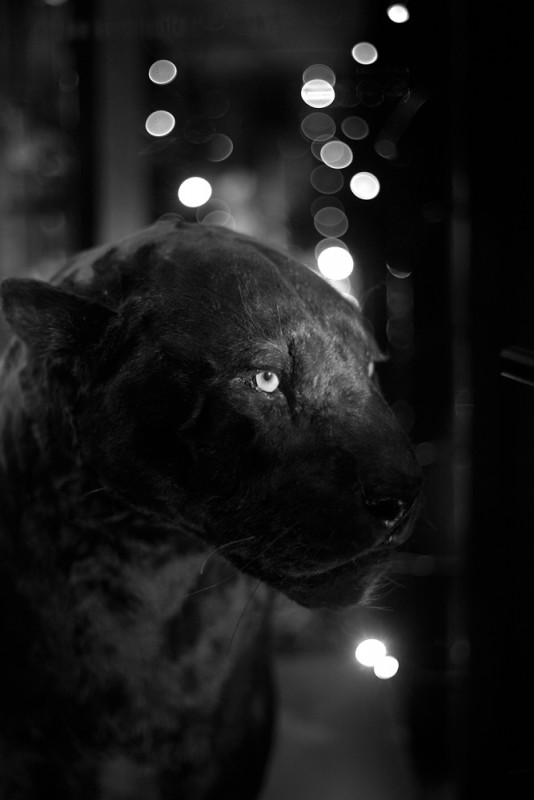
Your book is titled Portraying the world, extract. The title is obviously ironic. What are you hoping to reveal with your series?
To some extent, the title is indeed ironic; on the other hand, it isn’t the least ironic. Neither forty-seven, nor forty-seven million pictures will ever be able to portray the world, this much is obvious. And yet, this is precisely what photography is quietly trying to accomplish: to take inventory of everything, and give it eternity. Photography is, in fact, only second to religion in so powerfully manifesting our ancient fear of mortality. The title refers to this nature of photography, and not to the possibility of these forty-seven pictures actually portraying the world. However large we might make this book, it would remain an extract. I couldn’t even fully portray my own world in pictures.
45 of the 47 pictures in your book are black and white, only two in colour. Why?
Photography has a double nature: it documents and it creates. It preserves both the light reflecting back from the world, and the light radiating from within. As a result, it cannot have singular standards, either – if we can talk about standards in relation to photography at all. I don’t believe in doctrines, like good pictures must always be black-and-white, or all negative, or analogue, or digital, etc. The point about creativity is the search for freedom. As a creative artist, I simply cannot believe in theories that imprison. There are two colour pictures in the book because, when I was selecting the pictures and had them spread out in the studio, I felt that these two comprise not only an essential part of this black-and-white world but somehow create its centre of gravity, too. And for me, there is no more authentic argument than a strong instinctive feeling when I work.
You work as an author, as well. Are there any points of contact between these two creative professions?
The way writing and photography are related to time, to the story, to the visible, to the invisible, to the imagination and to objective reality couldn’t be more different, so there’s no point in comparing and contrasting them. There’s no point in listing the differences, as there are no commonalities. As an author, at the moment of creation, external reality is mostly irrelevant. As a photographer, I cannot exist without external reality. At the same time, both activities are rooted in the same thing: my emotions, world view, thoughts, etc. The two meet inside me without my even noticing the borderline between them. And to be honest, I don’t even really care where that borderline might be. What I experience is that the text that I’m working on will be authentic only if I can see it as clearly as a picture. And I’m only interested in a picture if it can generate a similar emotional state as a text. If that doesn’t happen, then the photo will be no more than documentation or decoration.
Attila Bartis+-
Attila Bartis was born in Marosvásárhely (Târgu Mureş), Romania in 1968. He trained as a photographer in Budapest. In 1995, the first of his six novels to date (translated into twenty languages) was published. For the 10x10 special edition LFI celebrating the 100 year jubilee of 35mm photography, he wrote the text accompanying the photographs taken by Julia Baier, with whom he is befriended. It was from her that he received the Leica M8 with which this series was taken. Bartis lives and works in Budapest. More

